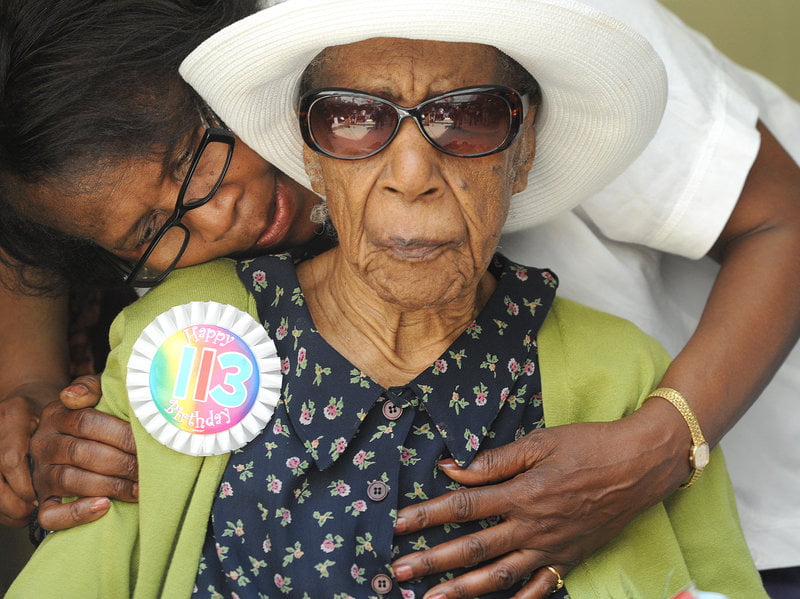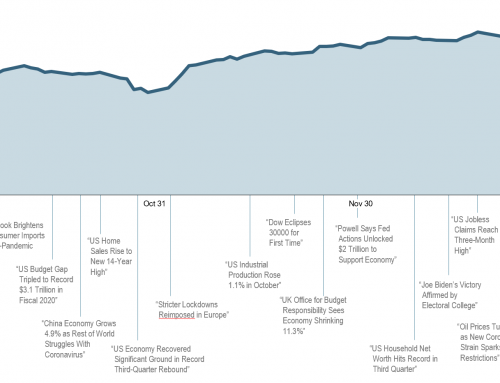 This is Susannah Mushatt Jones of Brooklyn, NY. She passed away last month at the age of 116 as the oldest person alive and the last living American born in the 1800s – 14 years before World War I started. Born November 29, 1899, her life spanned 3 different centuries; she saw 20 US presidents, two world wars, and the birth of the automobile, the airplane, TV, and the internet. One-hundred-sixteen years of life experience and stories in one human being. That’s a long time.
This is Susannah Mushatt Jones of Brooklyn, NY. She passed away last month at the age of 116 as the oldest person alive and the last living American born in the 1800s – 14 years before World War I started. Born November 29, 1899, her life spanned 3 different centuries; she saw 20 US presidents, two world wars, and the birth of the automobile, the airplane, TV, and the internet. One-hundred-sixteen years of life experience and stories in one human being. That’s a long time.
You often hear that 50 is the new 40. But roll forward another couple years and I think it’s now also fair to say, 70 is the new 60.
How so? Think about it:
- In 1935, when the Social Security program was created, it was meant to provide income for those that lived to be unusually old. The average lifespan in 1935 was 61.7; SSI turned on at 62 in case you lived a long time.
- In 1980, the average lifespan was 73.7, in 2000 it was 76.6, and now in 2016, it’s 79.3. (US Census Bureau)
- Some geneticists have predicted that the first human of the modern age to live to 150 has already been born. (Dr. Aubrey de Grey)
Great advances in health care, improved nutrition, and generally less physically-demanding jobs (compared to our grandparents 50 years ago), have lengthened our collective lifespan. This is terrific news.
The tradeoff is that we should probably adjust our plans accordingly.
Most Americans consider 65 to be the normal retirement age. This stems from the fact that SSI generally turns on around this age, and I can also start qualifying for Medicare – two programs closely associated with full retirement.
The issue is that although the average lifespan is now 79 years old, the 79 also includes all those who passed away early in life – an infant passing before reaching her 1st birthday, a 20 year old killed in a car accident, and a 45 year old male unexpectedly passing away from a massive heart attack all skew the numbers down. For those turning 67 this year, your expected lifespan is actually 85 – a full 20 years longer than the ‘normal’ retirement age. And if you’re married, there is a 50% chance either you or your spouse will reach age 89 – a full 24 years past ‘normal’ retirement age.**
Plan accordingly.
What this really means is that:
- those that want to ‘retire’ around age 65 should prepare for 30 year retirements. This means you have 40 working years (approx age 25 to age 65) to save for 30 retirement years (age 65-95)
- those that want to ‘retire’ early around age 55 should likewise prepare for 40 year retirements. This means you have about 30 working years (age 25 to age 55) to save for 40 retirement years (age 55-95).
- the new ‘normal retirement’ age will likely become 70 or 75 over the next decade or two. Before you think that sounds old, Hillary Clinton will be 69 and Donald Trump will be 70 when one of them takes office as leader of the free world next January.
In our practice, we’ve been planning to age 95 for most of our clients. We’ve discussed bumping this up to 100 for everyone.
With longer lifespans already here, retirement will likely look different in the future. Instead of celebrating my 65th birthday by turning in my retirement letter and then spending the next 25 years golfing, age 65 will likely be likely be the starting point to pursue that 2nd career you always wanted as an ‘encore’ to what you just did for the last 40 years. With reasonable health and decades of experience, it would be an opportunity lost to have our most experienced citizens spend their peak years on the sofa in sweatpants and velcro shoes, simply because someone told them that’s what you do at age 65 in America.
**It’s easy to pushback against this and think, “Yeah, but my family has a history of health issues and we all die in our 60’s and 70’s”. That may have been true of the medical care and nutrition of 30-40 years ago. Even with a lackluster genetic history, plan on living at least 5-10 years longer than your recent ancestors.


